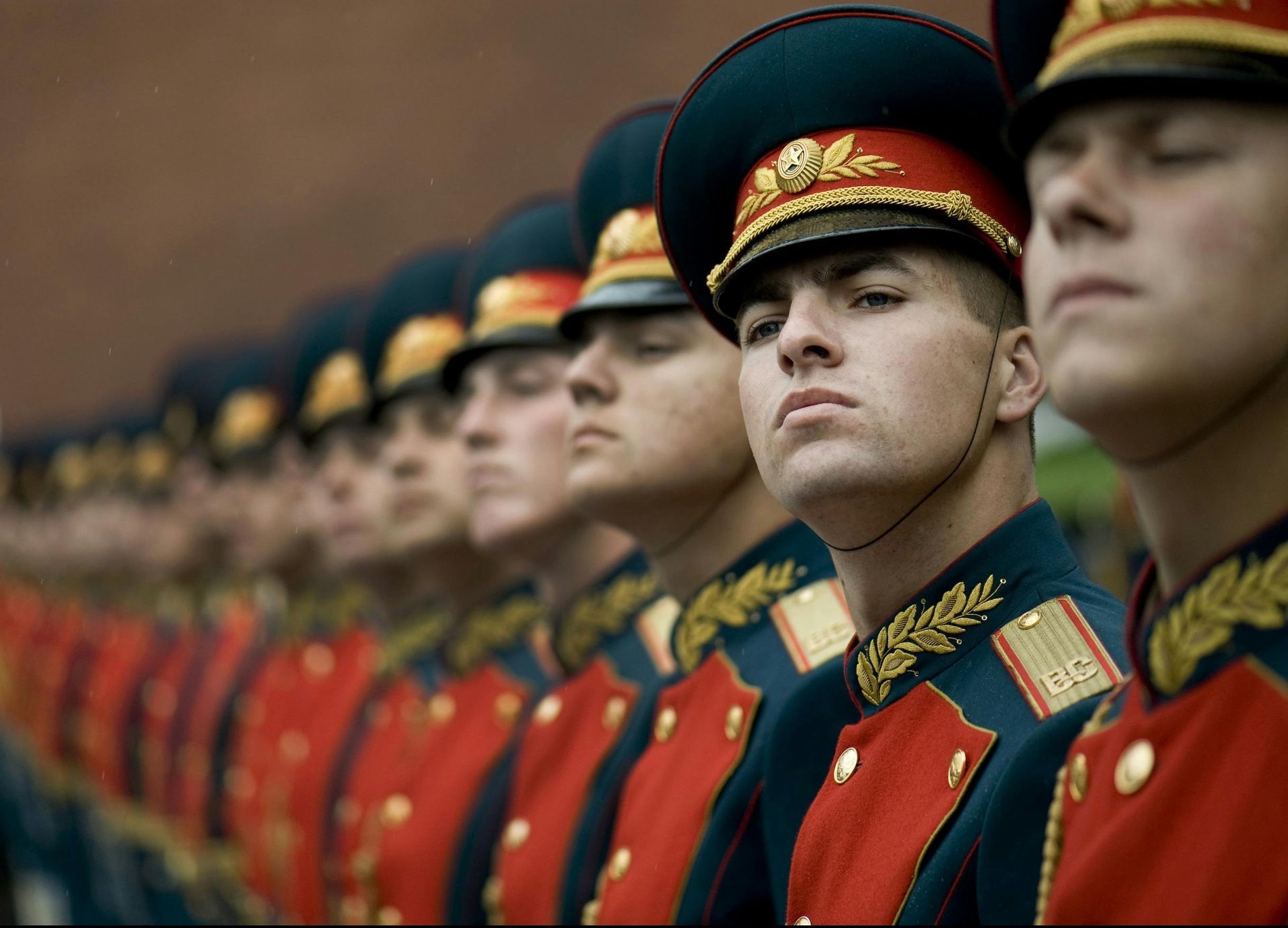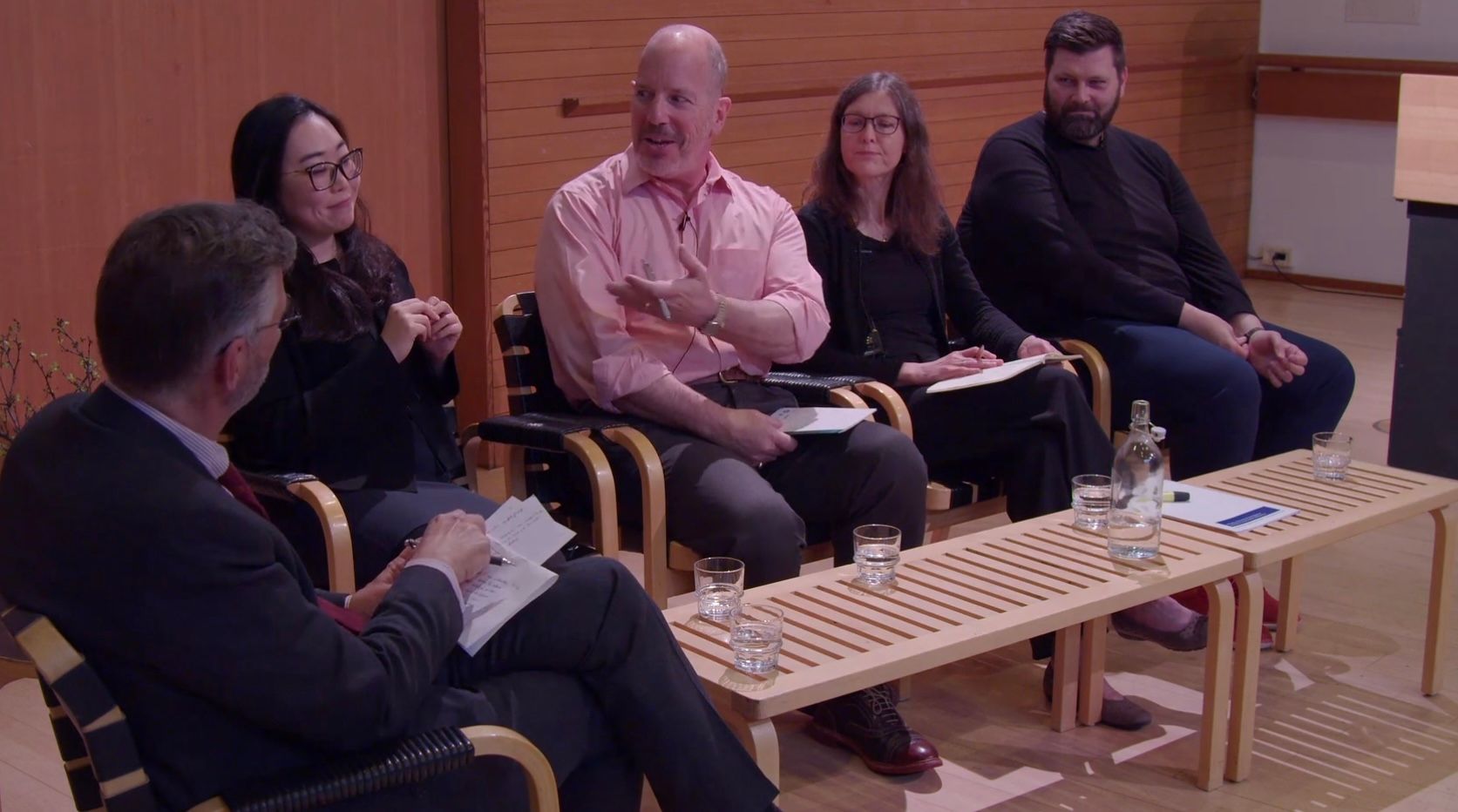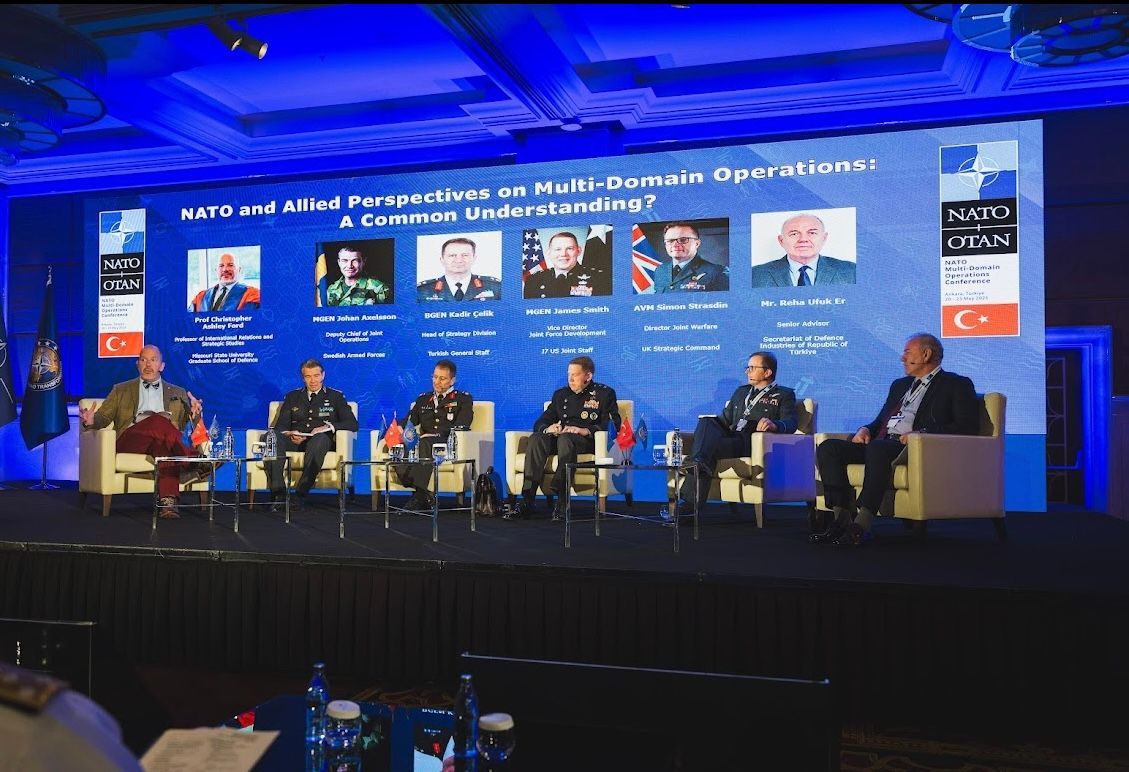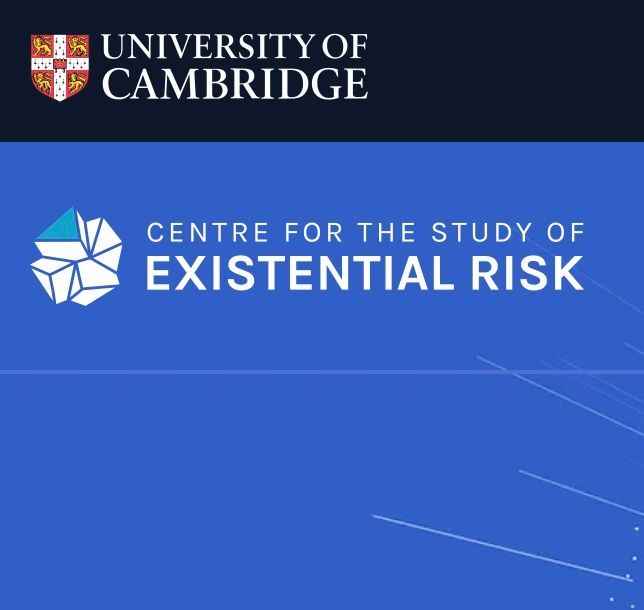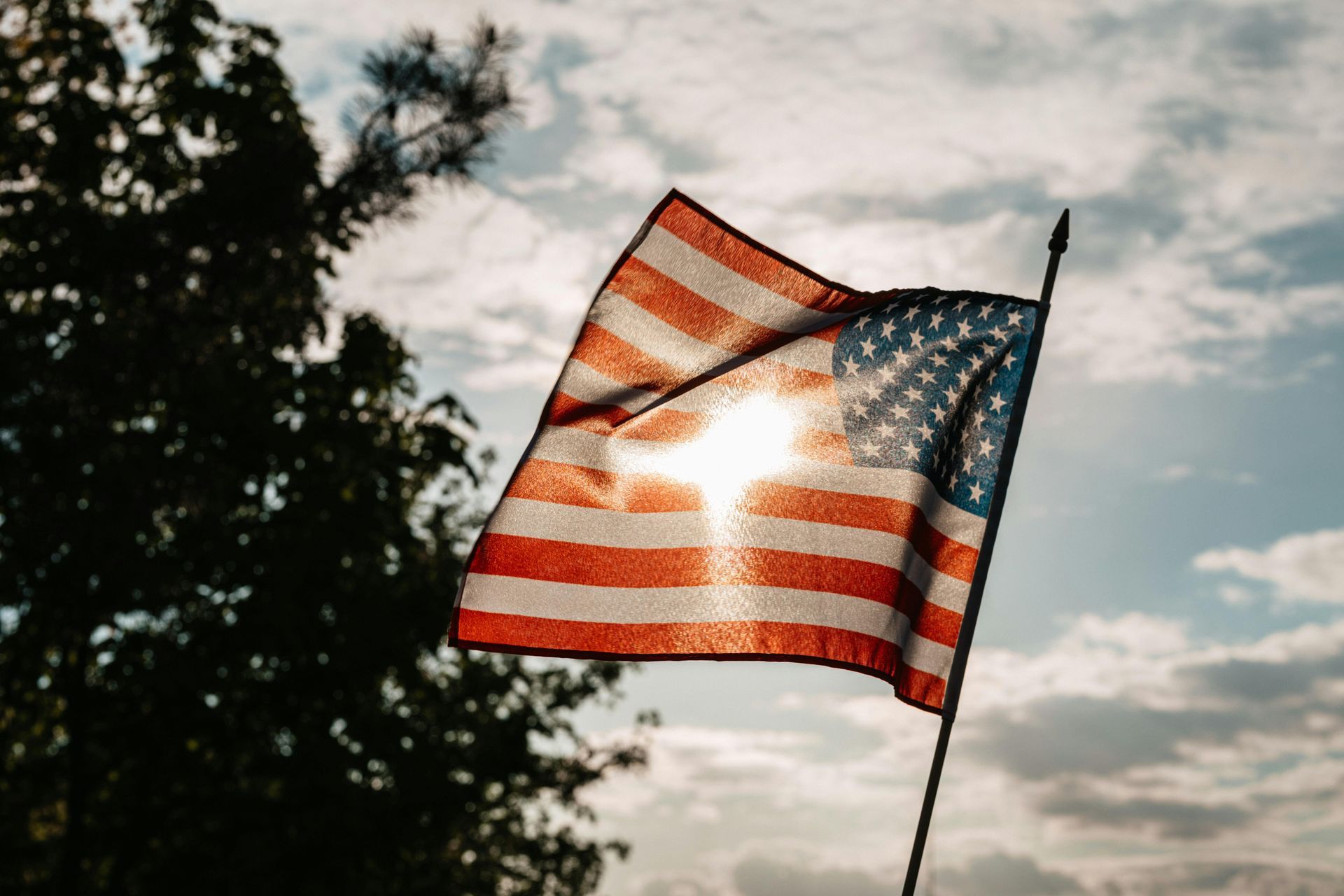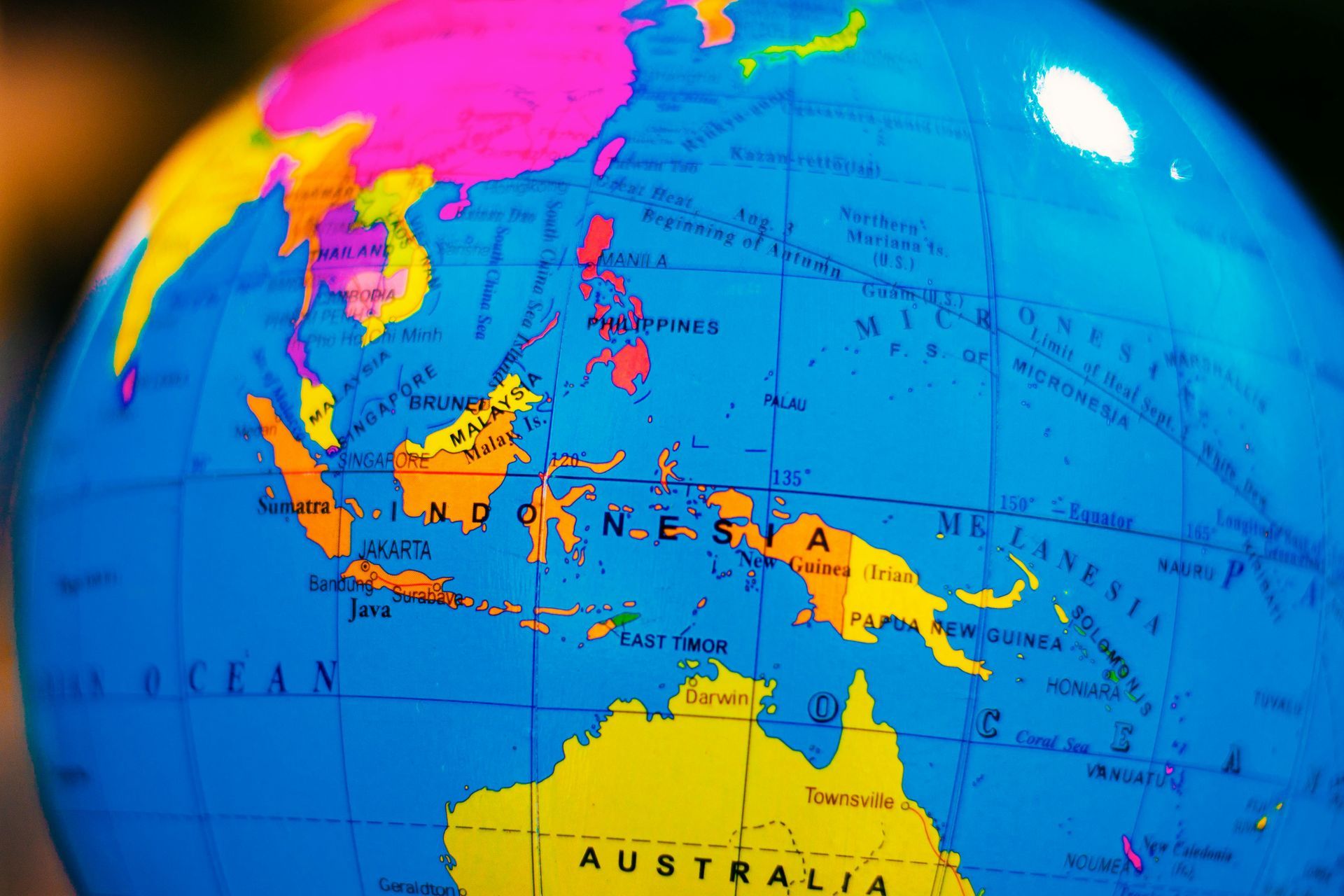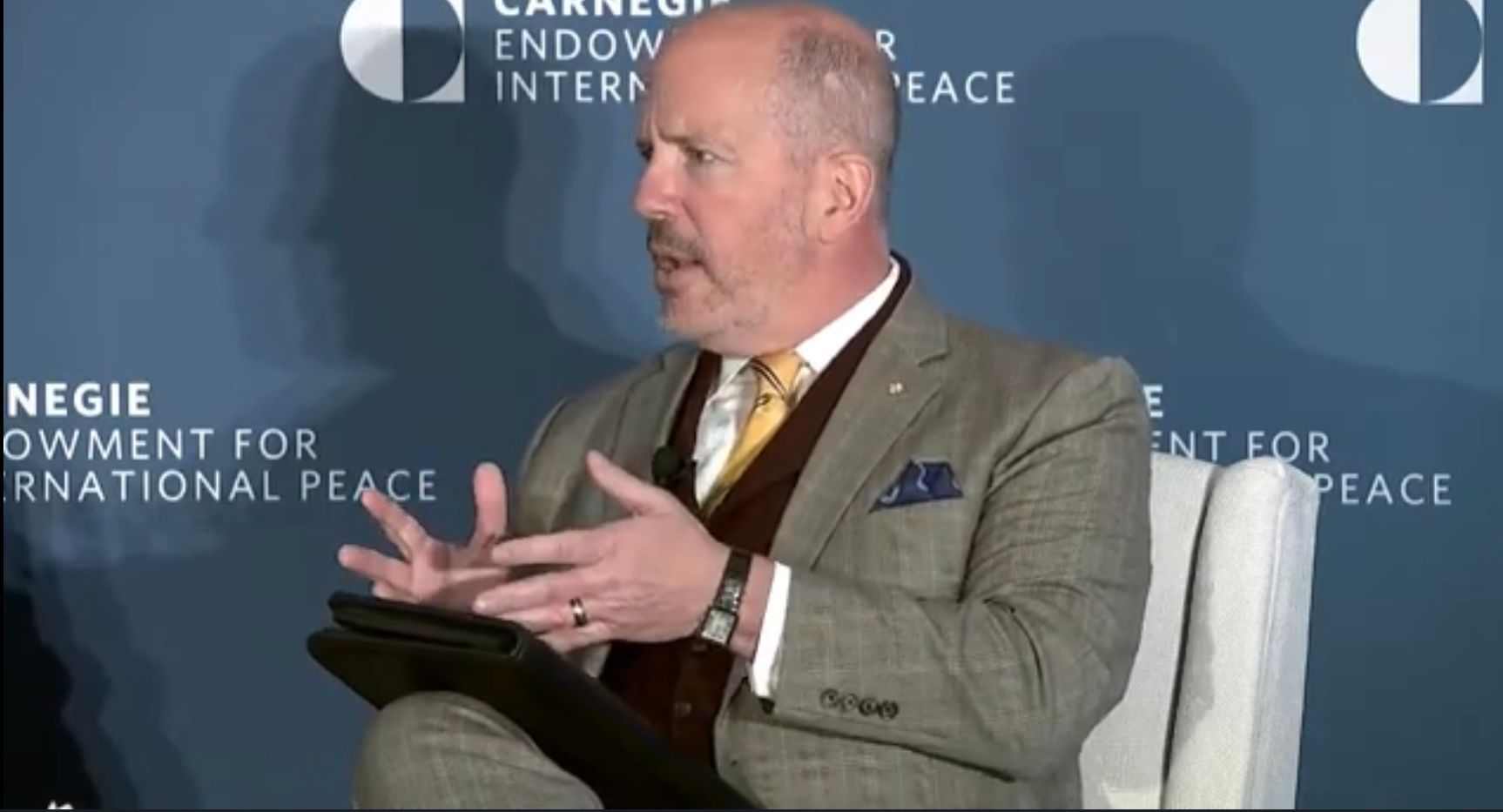What Next from Washington on the Iranian Nuclear Problem?
Below is the text upon which Dr. Ford based his remarks to the workshop on “Enhancing Regional Security and Addressing WMD Threats in the Middle East,” held in Abu Dhabi, UAE, on January 23, 2023.
Good morning, everyone, and greetings from Washington. I should make clear at the outset that I claim no special insight into how the Second Trump Administration will handle the Iranian nuclear problem. What I will offer here today are just my own personal views, and they do not represent those of anyone else. With those caveats, however, I’m happy – as a professor of international relations and a former official who worked on such issues when I was last in government – to offer some speculative thoughts.
Many are certainly wondering what to expect as Washington decides how it wishes to try to handle the worsening problem of an Iran that has been relentlessly expanding its fissile material production capabilities and enriching ever more uranium at higher and higher levels of weapons-adjacent purity. Everyone remembers the “maximum pressure” campaign against Iran adopted during President Trump’s first term, and journalists and think tank scholars have noted that President Trump has named numerous officials who have hitherto expressed hardline positions on Iran – among them Secretary of State-designate Marco Rubio, National Security Advisor Mike Waltz, and Secretary of Defense-designate Pete Hegseth.
For such reasons, many seem to expect that we’ll just see a return to “maximum pressure” without much prospect of a negotiation, and perhaps even with a real chance of conflict if Iran opts finally to try to turn its large stockpile of enriched uranium into nuclear weapons. Since it takes two to Tango, as the saying goes, such a pathway is indeed possible: if Iran chooses not to respond to U.S. diplomatic overtures seeking an enduring answer to the nuclear problem, then that’s on them.
For his part, however, President Trump has signaled that he is open to negotiations. Moreover, Brian Hook, an architect of “maximum pressure” at the State Department last time and who was reported to have been a key figure in the transition team for Rubio’s State Department, has just been fired by President Trump from a government position at the Wilson Center, and Trump has said that former Secretary of State Mike Pompeo will not be part of his administration this time. Where this leaves Iran policy in the new administration remains to be seen.
At the same time, in Masoud Pezeshkian Iran now has a new president who at least sounds like he may be a man of more moderation and pragmatism than many of his predecessors. To be sure, it will of course be Supreme Leader Ali Khamenei – and not Pezeshkian – who will call the shots on any major security issue such as limiting Tehran’s nuclear program, Iran’s missile program, or its foreign adventurism.
Nevertheless, Iran is in an interesting position right now. It has been gravely weakened by the catastrophic loss of is Syrian ally, and by the devastation so impressively wrought by Israel against the terrorists of Hezbollah and Hamas. It is also in a terrible situation economically, and its restive population is clearly thoroughly tired of the intolerant brutalities, corruption, and mismanagement they suffer from the clerical regime. It is also true that, as the Stimson Center’s Mohammed Mazari reminds us, “[i]n the past and under extreme duress, Iran has negotiated with mortal adversaries, including Iraqi dictator Saddam Hussein.”
The real question is thus more about Iran than about U.S. policy. Will the ayatollahs choose weaponization and war, or will they choose to work out a deal? It’s hard to handicap those odds.
At least with respect to Washington’s approach, however, what I’d wager we won’t see from the Second Trump Administration is a continuation of the Biden Administration’s failed Iran policy. In their enthusiastic virtue-signaling against President Trump for his having pulled out of the Joint Comprehensive Plan of Action (JCPOA) negotiated with Iran by the Obama Administration, the Biden team was so obviously desperate to get a new JCPOA that it’s no surprise that Iran became more intransigent.
After it became clear that reviving the JCPOA was impossible, moreover, the Biden Team turned to basically ignoring the Iran issue and hoping nobody would notice while they relaxed enforcement of U.S. sanctions, apparently in the vain hope that this might make Tehran more willing to talk. All this, then, is the kind of silliness that one can be confident that the Second Trump Administration will not emulate.
But what will the United States do? And what progress might actually be possible with Iran? It’s obviously hard to say at this point, but the optimist in me sees a real chance for negotiation.
Some observers have suggested that the United States might simply choose to soften its policy vis-à-vis Iran in order to prioritize containing China. Short of a situation actual war, however, it’s not clear that America’s Iran policy actually burdens our China policy in the first place. So while I suppose such a pathway is possible, I doubt it’s very likely.
More likely would be a new push for negotiation – but one done Trump-style, not Biden-style. That is, it would use a “peace through strength” approach that makes clear the United States is indeed interested in a deal, but which starts by taking emphatic steps to establish a firm position of U.S. and Western negotiating advantage before talks begin. That would probably mean that it begins with a return to “maximum pressure,” as indeed some in the media have been forecasting, but the point would be to leverage this pressure for diplomatic ends.
In this respect, you should also remember, as I emphasized last spring at a conference on the Iran problem at the Lawrence Livermore National Laboratory, President Trump’s direction in October 2017 to solve what was known as the “sunset clause” problem of in the JCPOA. He said then that
“I am directing my administration to work closely with Congress and our allies to address the deal’s many serious flaws so that the Iranian regime can never threaten the world with nuclear weapons. These include the deal’s sunset clauses that, in just a few years, will eliminate key restrictions on Iran’s nuclear program. The flaws in the deal also include insufficient enforcement and near total silence on Iran’s missile programs. … [I]n the event we are not able to reach a solution working with Congress and our allies, then the agreement will be terminated.”
And indeed, on these instructions, we in the First Trump Administration did for a time try to explore the parameters of deal that would have capped Iran’s nuclear program at a low level, permanently – thus solving the “sunset clause” problem that had been baked into President Obama’s JCPOA. The Europeans rejected this, however, thus ensuring that we never had the chance to raise anything like this with Iran. The Europeans’ rejection of the U.S. overture therefore also doomed the JCPOA, for President Trump certainly wasn’t going to remain in a deal that accepted Tehran having as large a fissile material production capability as it wanted – as the JCPOA, rather shamefully, would have permitted once the “sunset clauses” had “sunsetted.”
That precedent, I would submit, offers something of a hopeful note. But let me make two further points.
The first point is to emphasize that I am not arguing that reviving such a concept is necessarily the right answer now. (But who knows? One could do worse.) Rather, I point out merely that there is ample precedent for President Trump being open to the idea of a negotiated solution with Iran, provided that the terms of any new agreement actually benefit American security and enduringly address the problem. He was very clear that the JCPOA did not check both those boxes, but some future deal might.
In 2017, President Trump understood that the merely temporary nature of the JCPOA’s restrictions on Iran were that deal’s fatal flaw. He also clearly understood how problematic it was that the JCPOA did nothing to rein in Iran’s destabilization of its neighbors through proxy militia groups and terrorist sponsorship, and that it did nothing to stop the endless expansion of Iran’s missile capabilities. (In fact, the deal seemed to have emboldened Iran in such misbehavior even as President Obama’s sanctions relief gave it access to more funds for those activities.)
Today, however – at least if one squints a bit – it is almost possible to imagine the parameters of a possible deal that addresses these issues. Such a deal, moreover, would arguably be easier for the mullahs to accept today than it was in 2019 or 2020 precisely because Iran’s position as an aspiring Middle East hegemon has been so dramatically weakened. As a result of its recent strategic reverses, there is less outside the strictly nuclear domain that Tehran would have to agree to give up in order to see a lifting of sanctions and at least a partial repair of its longstanding poisonous relationship with the United States and the West.
My second point, however, is that if any such deal is the objective, we are all now on a rapidly-moving time clock. As I pointed out last spring, perhaps the most important remaining arrow in the West’s quiver for incentivizing Iran to agree to just such a deal is a tool that will itself “sunset,” as it were, with the expiration of U.N. Security Council Resolution 2231in October 2025 – just a few months from now.
If “snapback” is formally invoked – by the Europeans, necessarily, because we did so already in 2020 and everybody ignored it – this would set in place the incentive structure needed to give Iran a reason to negotiate with us to lift the litany of full U.N. sanctions that would be re-imposed by snapback. By contrast, if snapback is not triggered before Resolution 2231’s expiration next October, U.N. sanctions probably cannot ever be used in this way, for re-imposing them later would take a new Security Council resolution that I cannot imagine that Russia (perhaps joined by China) would fail to veto.
Accordingly, the next few months give us one remaining chance to use this powerful instrument of diplomatic leverage for good. I dearly hope we use it.
This is mainly a challenge for the Europeans – and specifically, for the “EU-3” group of Britain, Germany, and France. I hope they will not again pass up the opportunity, as they did in early 2018, for a chance at crafting a more serious and enduring agreement with Iran.
I should note also, however, that there is also still an important role to be played for the states of the Middle East, including the Gulf States. If you believe media accounts, a number of governments in the region have of late been softening their stances toward Iran. (The New York Times reported recently, for instance, that some Arab leaders have urged President Trump to go easy on Iran.)
I’ll grant that such a softening may have seemed expedient when the Biden Administration was signaling U.S. weakness and desperation, and when Iran was still riding high in its seeming regional strength and defiance. But such softness makes much less sense now. Arguably, in fact, a stronger regional posture vis-à-vis the Arab world’s belligerently revolutionary and terrorism-sponsoring Shi’a neighbor would very helpfully complement snapback-facilitated U.S. negotiations aimed a real and enduring solution to the problems presented by Iran’s behavior.
To my eye, at least, Tehran seems to be in a position where resolute engagement to press it into an unaccustomed degree of reasonableness might conceivably actually work. Fence-sitting, either in Europe or in the Middle East, would just worsen the problem, of course, but forward-leaning regional cooperation with the United States might just help solve it.
That is, at least, my instinct. I look forward to our discussions.
—Christopher Ford
